
Project Update –
2019: Tricky start for the Manta Initiative…
Challenge accepted!
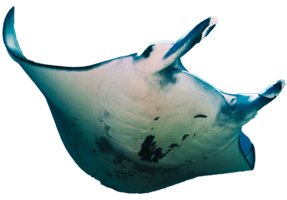
Project Update
As expected, the beginning of 2019 was dedicated to field operations and communication. Things do not always go as planned and the Manta initiative has faced with devotion multiple barriers along the path of conservation.

Last 3-month activities:
Wind has been continuously blowing without slackening since mid-December resulting to a white foamy sea making the desperation of coastal fishermen and boaters and at the same time the happiness of kite and windsurfers. This is essentially the fruit of a vigorous trade wind from the Southeast sector over the country.
Since the beginning of this event, over 60 consecutive days of sustained east to southeast 19 knots wind were recorded, which is the record for the longest sustained wind event since the start of New Caledonia wind recording in 1951.
As things can always get worth, Oma, a strong cyclone came twice over the island in February bringing huge amount of rain and strong wind.
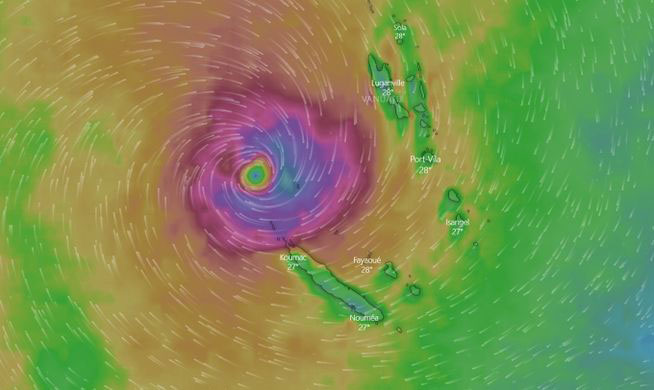
No need to precise that the expected fieldwork day were canceled since going at sea was hazardous. Only 7 out of the 30 expected seadays were conducted over Touho and Noumea.
Never the less, these few days were productive with 3 genetic samplings done in Noumea and 2 in Touho. The Manta Initiative is blessed to have such volunteer support thanks to who 5 new Manta individuals where identified out of the 43 photo ID messages sent by followers regardless the bad weather! This bringing the total to 316 known individuals around New-Caledonia.
The Manta Initiative still needs your support so do not hesitate to visit our Facebook page if you want to know more about our Manta and if you have the chance to dive around NC and make some pictures of Manta, please post it!
Initiative Manta en Nouvelle-Calédonie
Hugo with the teams from University of New-Caledonia, Aquarium des Lagons and internship volunteer went on the field and came back with a lot of new ID’s!

Last November the Manta Initiative team was very excited to have deployed 3 tags in Touho and had high expectations on their recordings (see previous report). And again, things got tricky.
Two of the tags popped off too early. Instead of staying on and recording the mantas behaviour for 6 months, they popped off within 2 weeks.
In order to get accurate data, the tags need to be recovered. This is the tricky part since they can aground on remote beaches, dense mangroves or isolated reefs. In addition to this, the strong windy period made the tags drift over 150 km from Touho’s reef right up to the North part of the main island. One of the tags beached on Pam Island when the other got caught in dense mangrove close to Arama indigenous tribe.

To help the tag recovery a goniometer was used to indicates the direction and distance to the beached tag. This is only possible if the tag has enough remaining battery. Sadly, once on site only one tag had enough battery to identify accurate location.
Once on Pam island and with the help of the goniometer and an environmental oficer of the North Province it took only minutes to recover the tag!
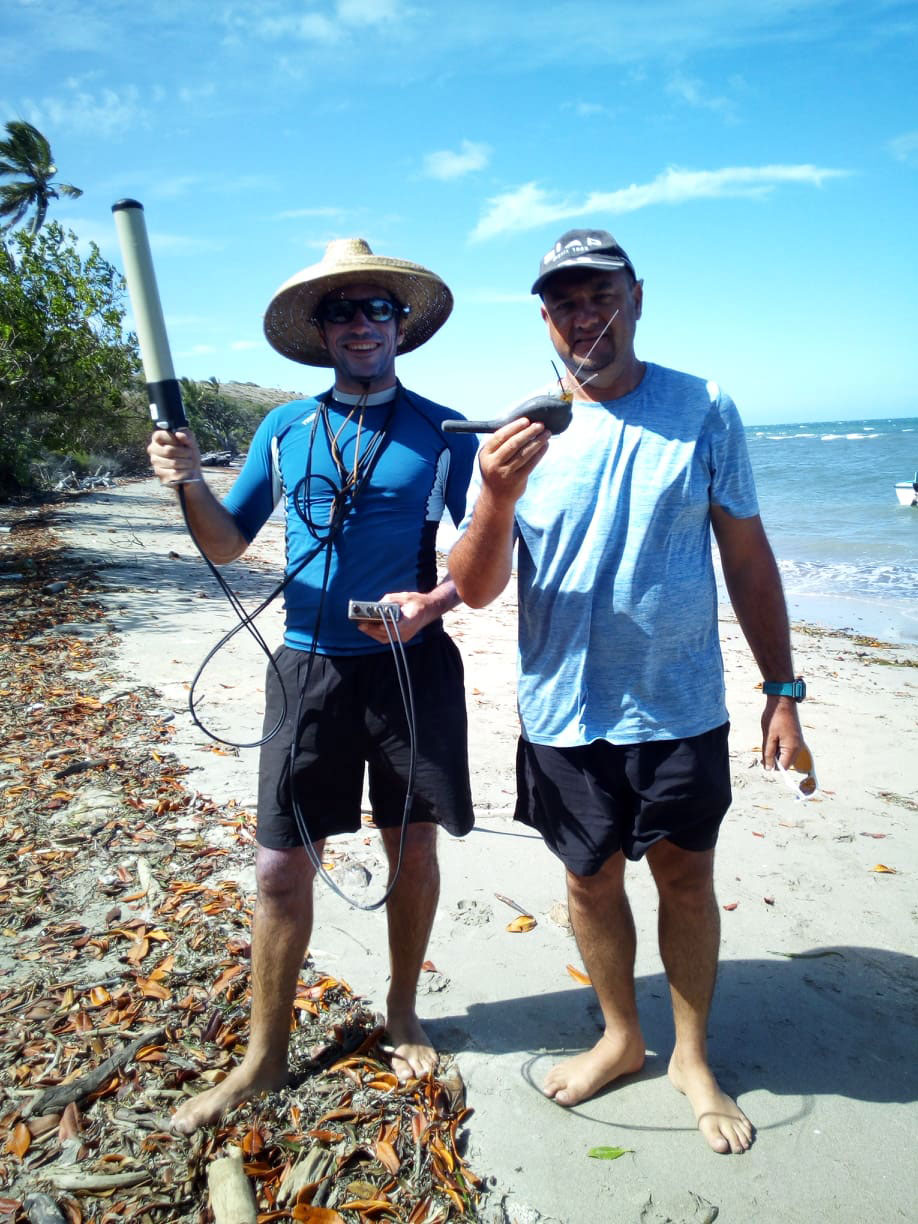
For the story, this was the least of our surprises. On Pam island there were local fishermen that said that they had already found a tag the week before that was sent to scientific lab in Noumea. It turns out that it was part of a regional shark tagging program. Pam island is truly a tag magnet.
The second tag that was deep caught in Arama’s mangrove had stopped transmitting. Unfortunately, the goniometer was useless and the tag unfound even with the assistance of Donald a local crab hunted who know Arama’s mangrove like the back of his hand.
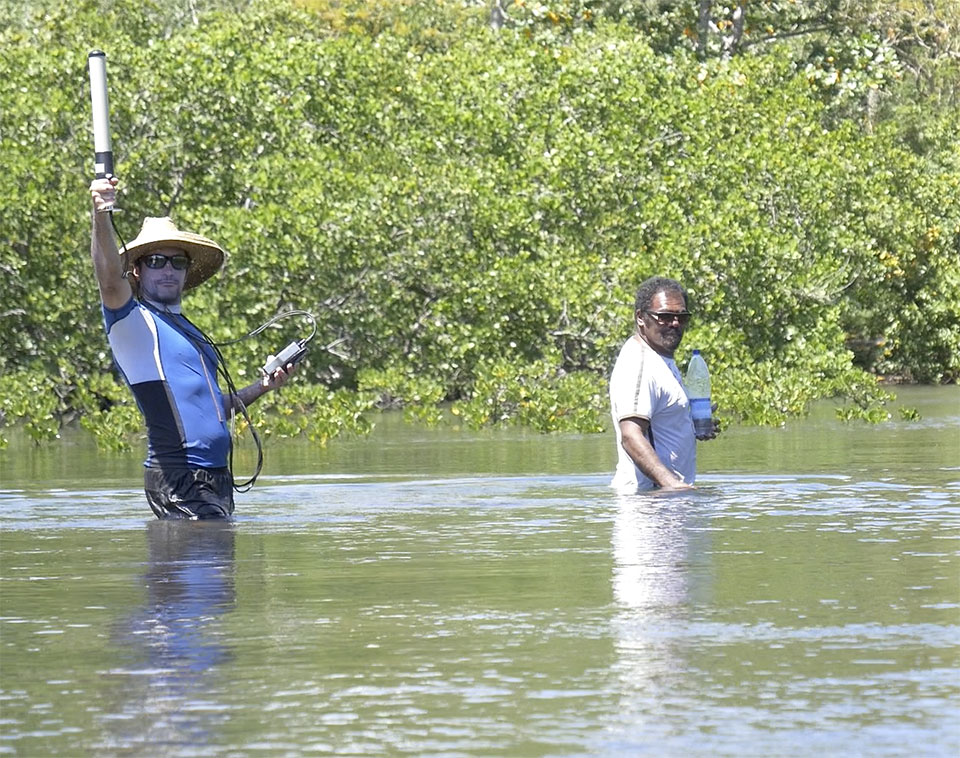
The third tag that was deployed in Touho has not transmitted data since mid-December. Hopefully it is still on the Manta and will pop off soon.
A second field trip to Touho was organised last March. The sea conditions were very complicated with strong current and turbid water. Never the less we managed to get two genetic samples. Unfortunately, again, a tagging attempted failed and the tag brock into two pieces right after being deployed making it useless.
Sharks and Rays in Mexico/
Our Phd student Hugo Lassauce was invited to attend the First International Congress on Sharks, Rays and Chimaeras in Playa del Carmen in Mexico from the 25th to 29th of March.
During this week congress, Hugo presented his primary results of his work on the Mantas of New Caledonia in front of over 100 scientists.
The mainone is the wold Manta dive record over 600m deep! This has never been witnessed since the begging of Manta study.
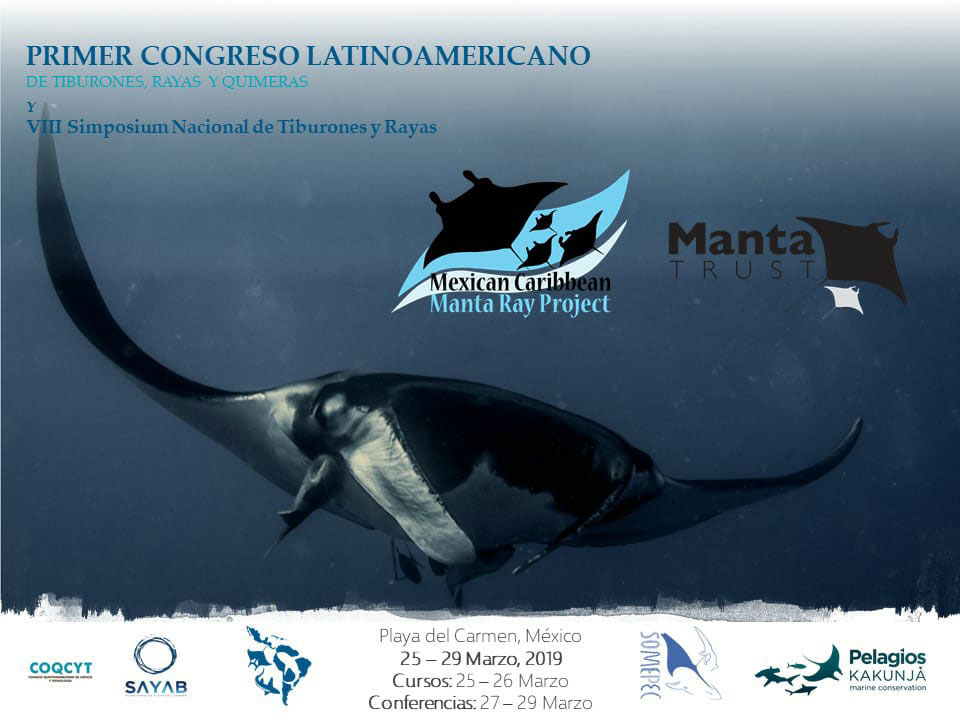
This invitation was very benefical for Hugo since he managed to meet the best Manta scientists of the world and could share his primary results.
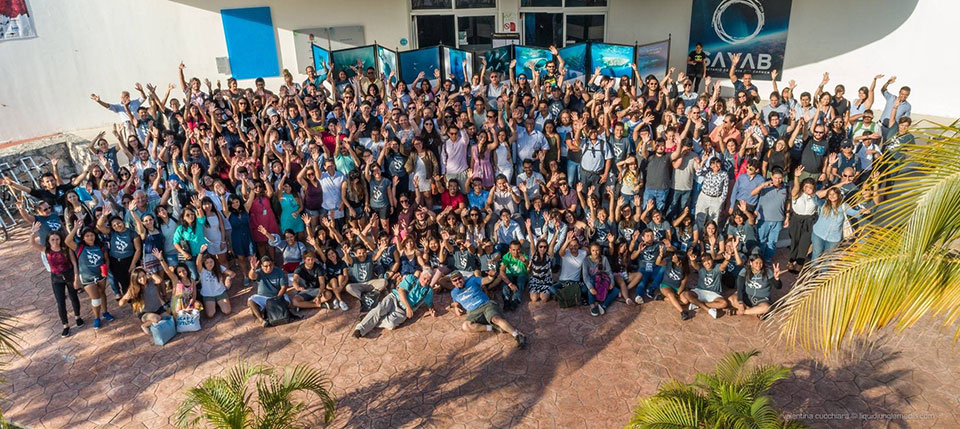

Next 3-month activities
For the next 3 months, our team will keep concentrating on the fieldwork with additional operations in Noumea, and Ouvea. For his PhD, Hugo needs at least 20 genetic samples per site so the chase for more Manta will continue.
The partnership for the genetic analysis with the University of Auckland in on good tracks and Hugo will be leaving there in July.
Thanks for your support.
